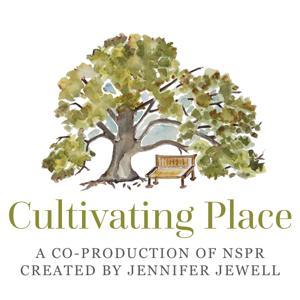
Sign up to save your podcasts
Or



By Tom Christopher





4.8
9999 ratings



The podcast currently has 342 episodes available.










The podcast currently has 342 episodes available.

102 Listeners

253 Listeners

678 Listeners

363 Listeners

560 Listeners

1,579 Listeners

402 Listeners

1,247 Listeners

1,838 Listeners

85 Listeners

541 Listeners

320 Listeners

1,242 Listeners

39 Listeners

128 Listeners